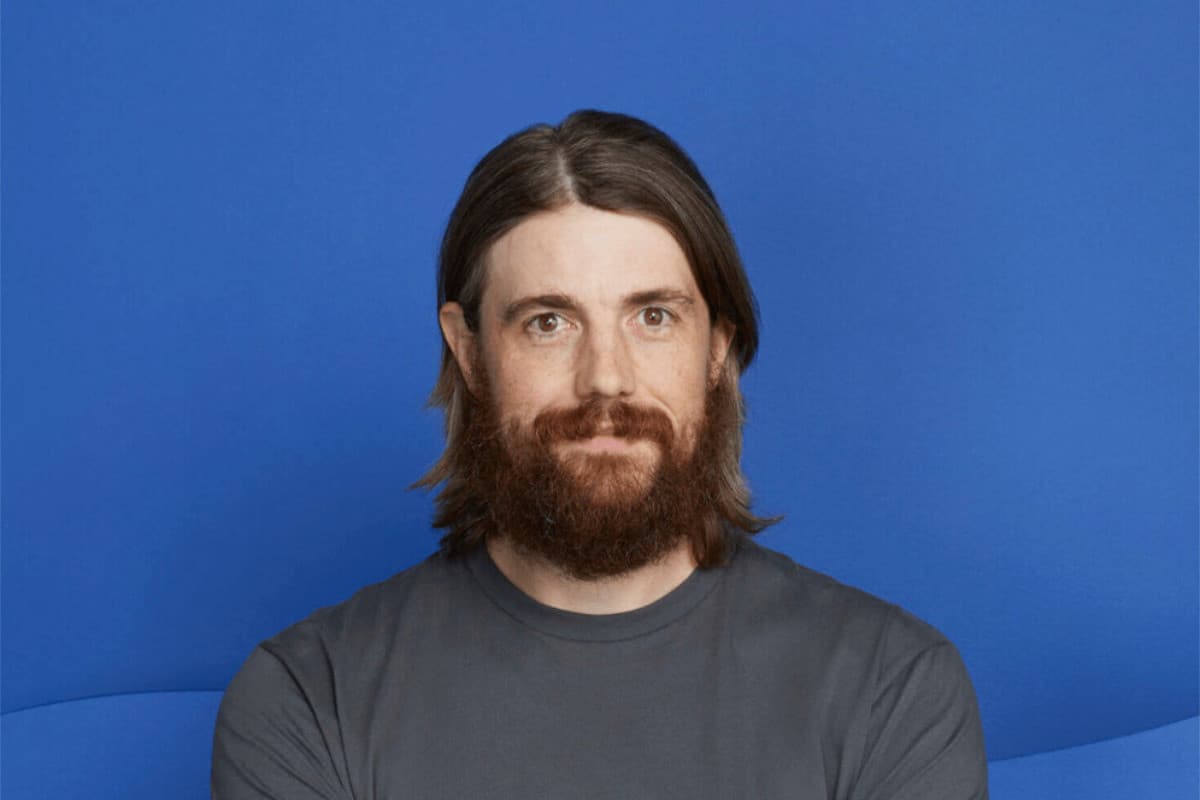Why would a tech billionaire want to buy Australia’s biggest greenhouse gas emitter?
The simple answer. To drive electricity prices down, create jobs and slash emissions.
Mike Cannon-Brookes is the co-founder of Australian software startup Atlassian, a green solutions investor, a climate action advocate and one of Australia’s wealthiest people.
On Saturday, Cannon-Brookes and a consortium worth hundreds of billions of dollars lodged a formal offer to buy AGL Energy, the country’s dirtiest energy producer.
The consortium, led by Brookfield, a Canadian investment giant with $688bn worth of assets under management last year, put in an A$8b take-over bid to AGL.
What happened?
The bid was quickly rejected by AGL, which claimed the offer “materially undervalues the company” and “is not in the best interests of AGL Energy shareholders.”
Not to be deterred, the consortium maintains that it will continue to work with the board of AGL to pursue net-zero electricity generation, arguing it could help Australia have the “lowest-priced energy in the world”.
Mr Cannon-Brookes said on Monday that the consortium would continue to engage with AGL, and he would focus on “trying to explain to shareholders why we believe this is the best option.”
But why?
The consortium says the take-over was an attempt to fast-track the closure of AGL’s remaining coal-fired generators.
AGL produces as much as 10 per cent of Australia’s total greenhouse gas emissions from its massive coal-fired generators in New South Wales and Victoria.
“That’s more than every single car on the road,” Mr Cannon-Brookes said.
He continued: “It’s more than all domestic and international aviation, and if it’s a country, it’s bigger than Sweden or Ireland or New Zealand, and that would make it one of the biggest decarbonisation projects on Earth.”
AGL plans to close its Bayswater coal plant in NSW’s Hunter Valley by 2033 and Victoria’s Loy Yang A facility by 2045.
However, the consortium claims they can achieve a more rapid change at AGL in a way the current public ownership can’t.
Mr Cannon-Brookes said, “Obviously, as a private company, we can do it a lot faster than as a public company. We believe we can hit net-zero, including all forms of thermal generation, by 2035.”
How would this help Australia?
After losing the AGL bid, Mr Cannon-Brookes said,” Decarbonisation is a great economic opportunity facing Australia, but it requires vision and action.”
Mr Cannon-Brookes says he is confident he is backing the right horse. He stated that renewables would keep electricity prices down and boost Australia’s economy by creating 10,000 construction jobs and 600 ongoing jobs.
The cherry on top? The consortium claims it can wipe out as much as 40m tonnes of carbon dioxide a year, more than 8 per cent of Australia’s annual emissions footprint while turning a profit.
“We can [decarbonise] in an economic way that creates jobs and drives prices down. It’s a very sensible plan.”
He continued by outlining Australia’s wealth of energy-producing resources, “There’s no doubt that we have the capacity in Australia to build the renewable assets to make this happen — more than enough sun, wind, hydro resources,” he said.
“Australia should have the lowest-priced energy — electricity — in the world. We have all of the assets to make that happen.”
The road to energy transition
After being asked whether his take-over would drive up power costs for families and businesses, he responded, saying, “renewable assets generate power at far cheaper prices than the coal assets currently do.” He believes this would bring the prices in the grid down over the long term.
Mr Cannon-Brookes used a simple economic principle to explain his position.
He said, “Obviously, we know we have a market price of power that goes up and down based on supply and demand. We are bringing significant supply here. So that should bring prices down in the long term.
“We strongly believe [the bid] will result in lower bills for consumers.”
As for Brookfield, it is a shareholder in significant fossil fuel assets. Still, it is noteworthy that the bid includes the name of Mark Carney, the company’s head of transition investing since 2020.
Vice-chair of Brookfield Asset Management Mark Carney said that energy transition was one of “the biggest investment opportunities of our lifetime”.
“It is estimated that more than $US150 trillion ($208 trillion) will need to be invested globally through 2050 to drive the decarbonisation of energy markets and our economy — that’s approximately $US5 trillion every year,” he said.
“The time to act is now. Investment firms such as Brookfield and Grok Ventures, with their access to capital and deep operating expertise and development capabilities in power markets and renewables, can make major contributions to businesses such as AGL to help them achieve their net-zero ambitions for the benefit of their shareholders, employees and the broader community.”
Mr Carney said the consortium remains optimistic that AGL can reach an agreement.
“The economics stacks up, the science stacks up, what we require is just the gumption to go for it and actually make it happen, and that’s what we’re trying to do,” Mr Cannon-Brookes says.
Read more: Mike Cannon-Brookes pours $78 million into green energy lender Brighte
Read more: The future of investment: Unicorns, dodos and phoenixes
Keep up to date with our stories on LinkedIn, Twitter, Facebook and Instagram.

